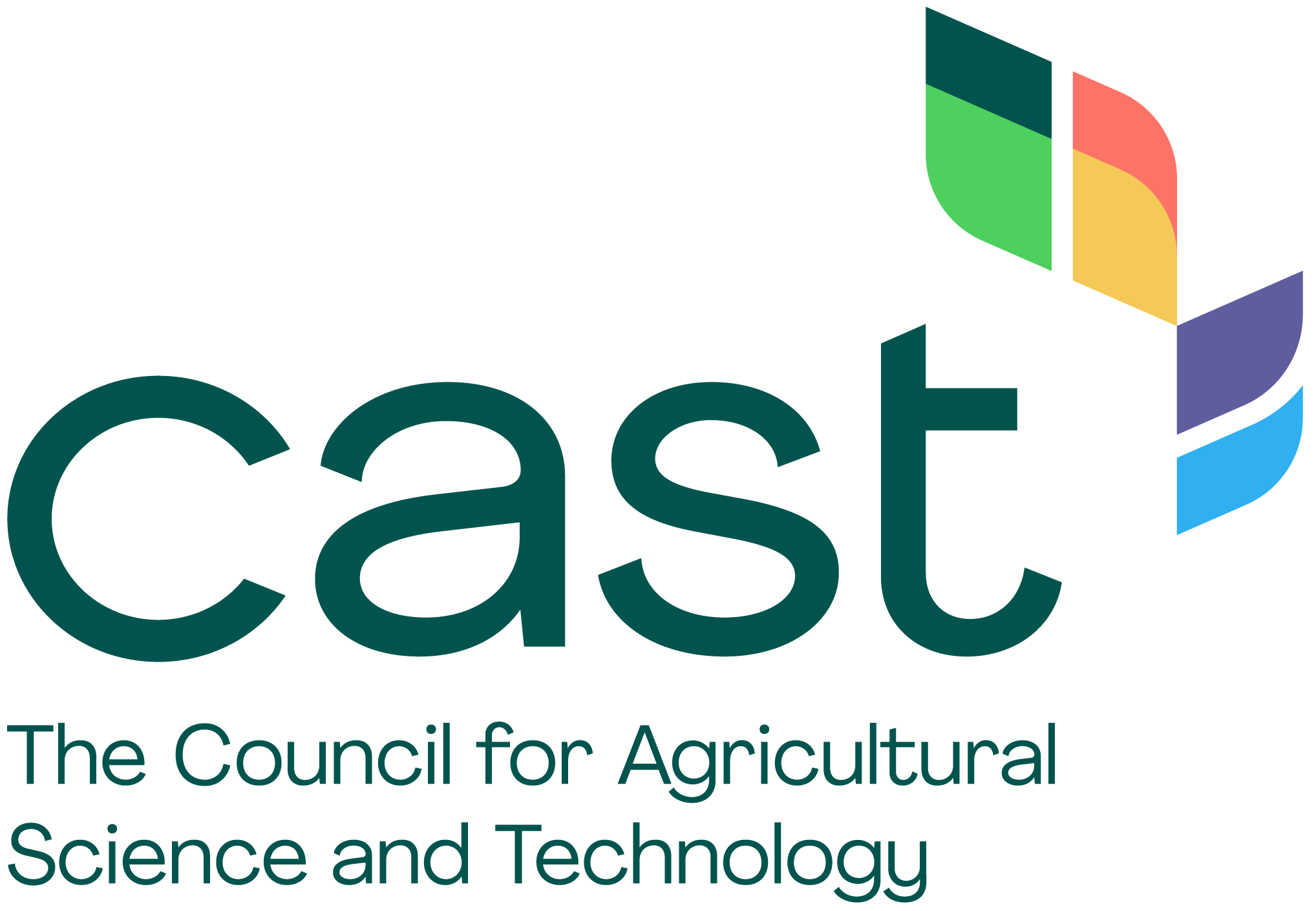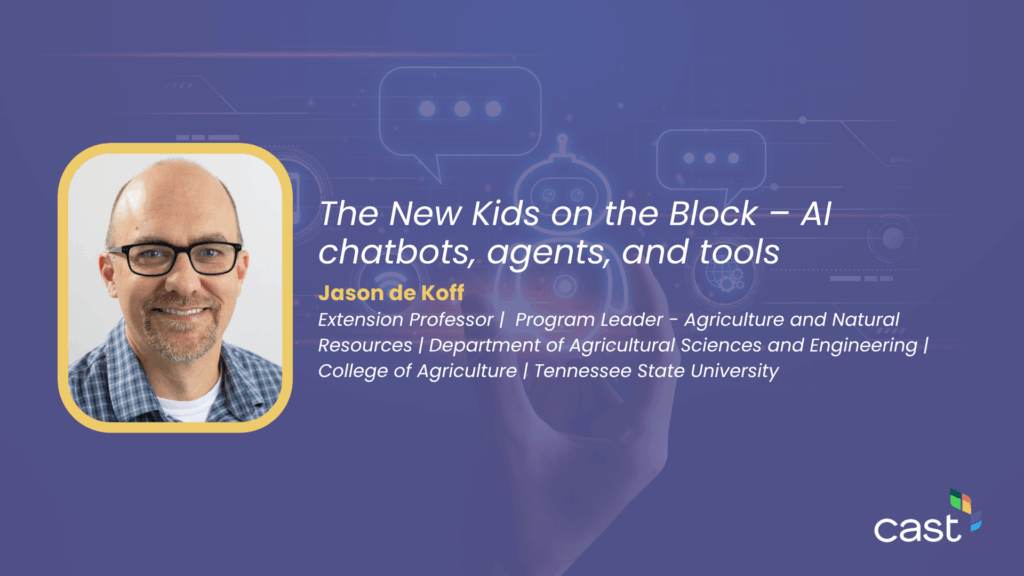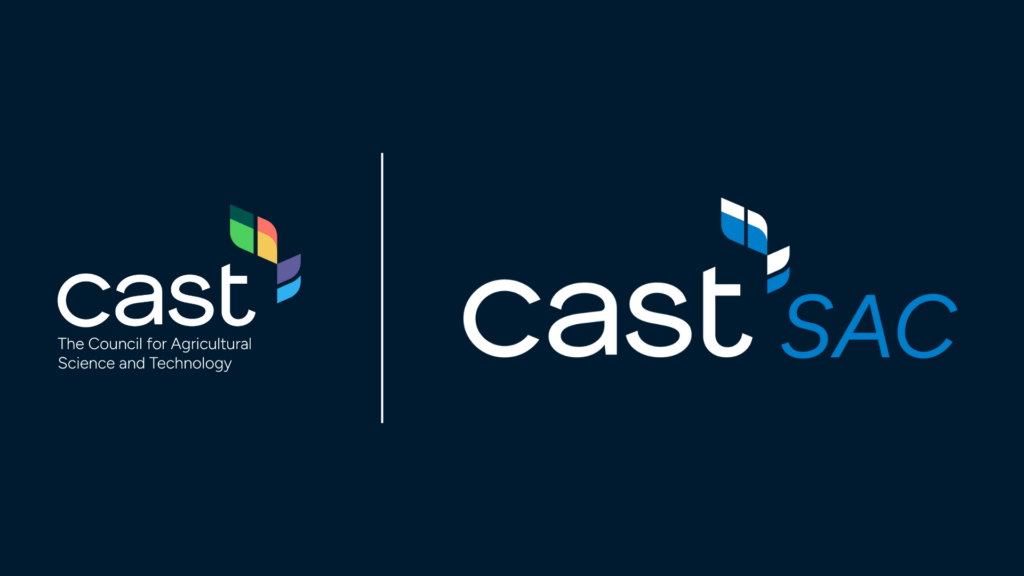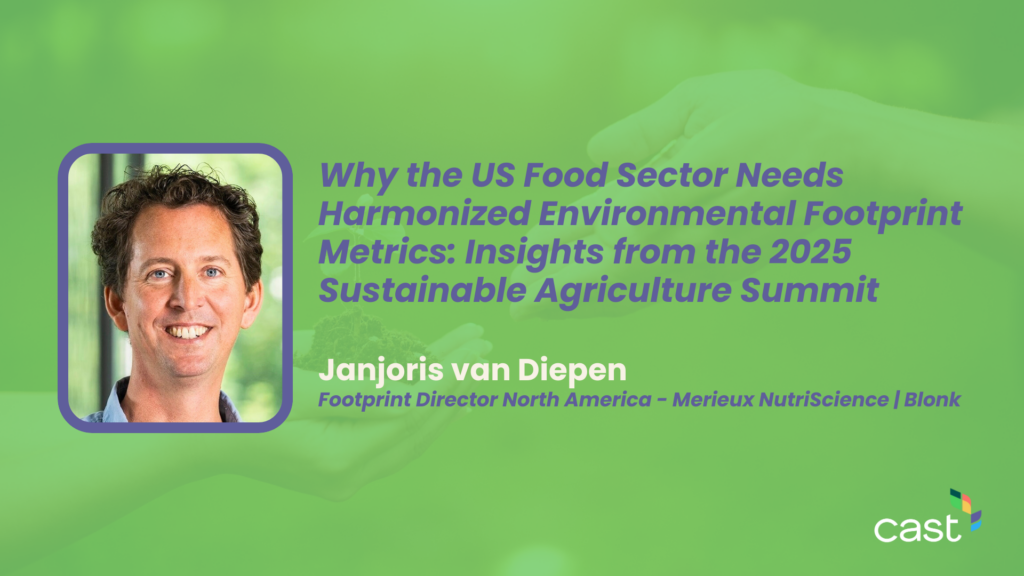By Jason de Koff
Extension Professor | Program Leader – Agriculture and Natural Resources | Department of Agricultural Sciences and Engineering | College of Agriculture | Tennessee State University
There is a lot of interest in artificial intelligence (AI) at all levels and across all disciplines. This is understandable, as any new technology will have its hype and its detractors. There is the ever-present fear that AI will take away jobs, inspire mobs of plagiarizing students, and lead to sentience beyond our control. While these concerns may have some legitimacy, there is also the excitement at how AI can enhance our lives. The potential time savings involved and the availability of new insights directly achievable from its application on big data sets are undeniable. Some AI technology exists that can liven up a report by creating a podcast run by AI-generated hosts that banter back and forth about information once relegated to little-used PDF files only found on the second page of Google search results. There are AI chatbots that answer questions, AI agents that detect health risks, and AI tools that predict the weather.
On the other hand, a recent MIT article found that the overuse of AI could have detrimental effects on brain activity. Those who used ChatGPT were more likely to exhibit reductions in critical thinking skills than those who didn’t. Another study found that when some AI models were faced with potential replacement, they exhibited some risky behavior, namely blackmail. This “agentic misalignment” has only been observed under these stress tests, but it does promote discussion around how autonomous and under what conditions we should employ this AI technology.
At a recent 1890 Association of Extension Administrators meeting, I had the opportunity to serve on a panel focused on using AI in our Cooperative Extension Programs. The discussion focused on AI best practices, using AI as a TOOL rather than the ANSWER, and how to best leverage AI to support our staff and stakeholders. These are the types of discussions that groups should be having to navigate this ever-changing landscape.
One thing we should all remember is that, although the technology is different, we’ve been here before. Television, the internet, and social media have all been the harbingers of our destruction. Each one would purportedly rot our brains, but anything can become a poison at the right dosage. What that dose is for AI, however, is what we have yet to determine.




